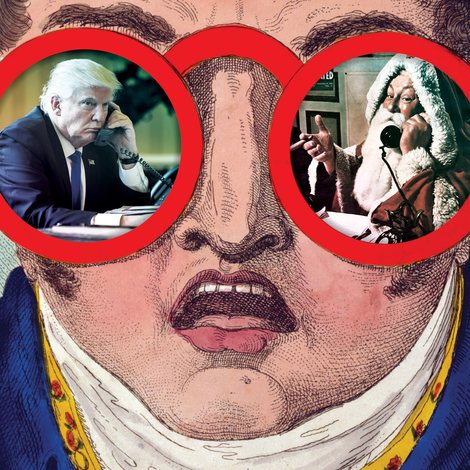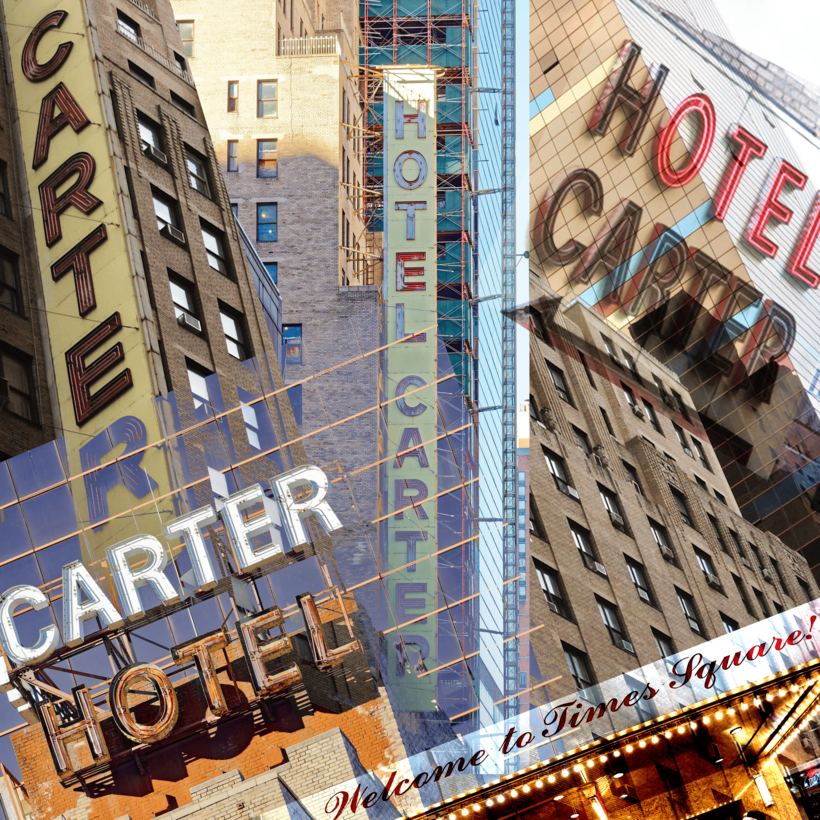The bedbugs were bad. The breakfast was terrible. And the murders, many guests agreed, were far too frequent. There were the shootings in the strip club downstairs, a dismemberment on the sixth floor, and the occasional body falling from a window onto the street.
Not to mention the blood on the sheets. Blood on the curtains. Blood on the carpets. Multiple reports of “some kind of green and slimy mould” that hung from the ceilings and lubricated the door handles. Facilities dating “from the years of the Inquisition”. A one-eyed lady at the front desk who was “meaner than the fleas”.

The Hotel Carter, one former guest wrote online, was, without a doubt, the “dirtiest hotel in New York City”. Another remembered it looked like it was “out of a horror film”.
Then again, for $99 a night half a block from Times Square, no one was expecting the Ritz.
Since it was opened in the summer of 1930 as the Dixie Hotel, the 25-floor building on 250 West 43rd Street has been dogged by misfortune. Foreclosures, infestations, police investigations and bankruptcies have led more than one person to wonder aloud whether the building might be cursed.
Now, after a string of more than 150 building violations including missing windows and broken masonry, the hotel, which has been “under renovation” for about a decade, could finally be facing its end.
With it comes the encroaching death of the seedy side to Times Square, where porn cinemas and peep shows have been replaced by sweet shops, Disney stores and children’s Broadway productions.
Last month, the city of New York sued the owners of the building, Joseph Chetrit and his brother Meyer, for a truly dizzying range of failures that, according to its court filing, “have allowed the premises to deteriorate to the point where it poses an imminent threat to the health and safety of the public”.
The building, the city wrote, constitutes a public nuisance. And its owners, who are embroiled in serious financial woes, including allegedly defaulting on the $223 million loan used to buy the hotel, have—the filing claimed—ignored laws, regulations, summonses, court judgments and notices of violation to make vital repairs.
As a headline in New York magazine this summer noted, with a tinge of nostalgia, the Hotel Carter is “still a hovel after all these years”.
For Anthony Tran, a university lecturer, it was once home. From the age of five Tran, now in his thirties, grew up in the hotel with his mother and four siblings. His father, Tran Dinh Truong, bought the Hotel Carter in 1977 after fleeing the war in Vietnam, and eventually installed several of his female partners—along with their respective children—on the third floor.
“The hotel was our playground,” Tran told me on the phone from Los Angeles. “Me and my little sister used to run around.”

Unlike in Kay Thompson’s book Eloise at the Plaza, where the fictional child lives a life of luxury at the Plaza Hotel in New York, 16 blocks north of 43rd Street, they lived in a hotel that was, in Tran’s words, “decrepit”.
Tran’s mother, along with his father’s other partners, would work 12-hour shifts on the front desk, and he remembers wandering downstairs as an insomniac child to find her remonstrating with drug addicts and prostitutes.
“The guests were ghosts; they appeared and disappeared,” he said. “A hotel is meant for transitoriness but we were these permanent fixtures.”
At night, when he couldn’t sleep, he would see how far he could get by walking through the corridors of the hotel and adjoining buildings. Then he’d go downstairs, and out into Times Square, walking past the porn shops and hot dog stands.
Though they didn’t have a view of Times Square, on New Year’s Eve the family would climb onto the roof and watch the ball drop in the reflections of the glass-covered building opposite.
When he was older, he’d invite friends over for parties, making key cards and stashing them in a phone booth opposite so people could let themselves in.
Now, looking back, he sees his mother and father as people who had grown up steeped in violence, just doing the best they could to provide for their family in a new country.
“They came from a war-torn past,” he said. “You do what you can to survive.”
The Times Square that they lived in no longer exists. From the late 1980s onwards, clean-up campaigns under mayors from Rudy Giuliani to Eric Adams have turned the area from a haven for vice into a tourist trap where kids buy enormous lollipops and go to watch Broadway shows with their parents.
“We got the hookers off the streets, they’re now online,” Mitchell Moss, a professor of urban policy and planning at New York University, told me. “Pornography is on your computer, it’s no longer in the theatres.”
As for the Hotel Carter, he said, “it’s time to get rid of it”.
It’s a sentiment that the building’s current neighbors enthusiastically echo.
“This place has been a disaster,” Christin, a psychic adviser who works opposite the hotel, told me.

While it was open, a decade or more ago, Christin remembered hearing stories of people throwing themselves out of the windows. During periods when the hotel was being renovated, she said, dirt and what she suspected was asbestos would coat the street as unscrupulous workmen ignored building codes at will.
Then, when renovations stalled, the hotel became a spot for drug addicts and prostitutes. Today, the front of the building is covered in chipboard, and signs from the city ordering construction to cease. When I visited, a wild-haired woman with a pitbull on a rope held an animated conversation with a door, while a man slowly pulled down his trousers nearby.
“While children are passing by, they’re doing drugs and using the bathroom,” Christin told me, as she looked over at the hotel.
As to the future of the hotel, she’s clear: “They should demolish the whole thing. Just take it down to the ground.”
Yet as the city changes around it, and it falls further into disrepair, there are still some who remember the Hotel Carter as a place surrounded by the magic and endless possibility of New York.
Luca Massironi, 55, a hip-hop and graffiti artist known as Flycat, was 21 the first time he landed in the city from Milan, the night before Christmas Eve.
“The next morning, when we woke up, New York was completely covered in white,” he wrote to me. “We stayed there for a week. I remember one evening in the elevator we met a stripper on his way to perform; he was wearing only a robe. At night, they allowed some homeless people to stay on the warm couches in the waiting room. I thought it was really kind.
“For me it was beautiful,” he said. “I couldn’t have wished for a better place for that Christmas.”
Louise Callaghan is the U.S. correspondent for The Times and The Sunday Times of London

